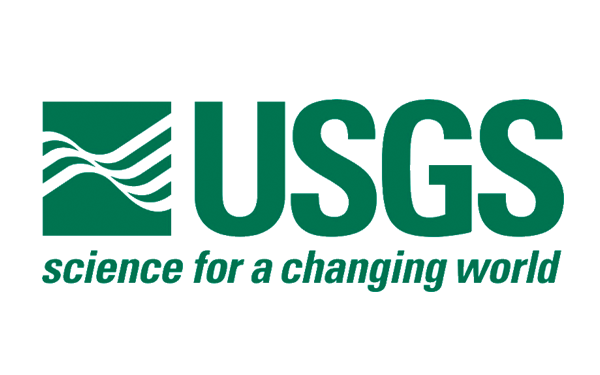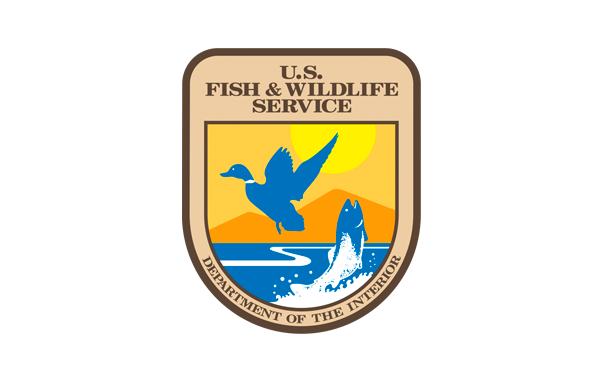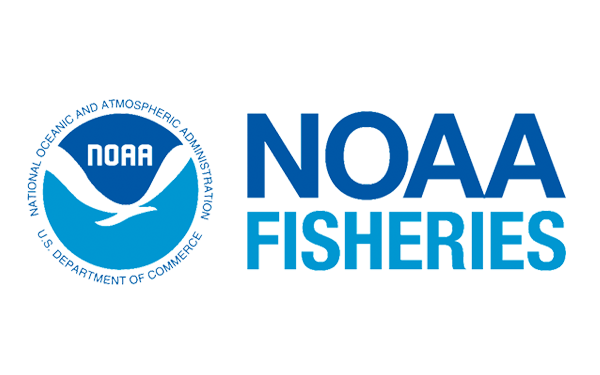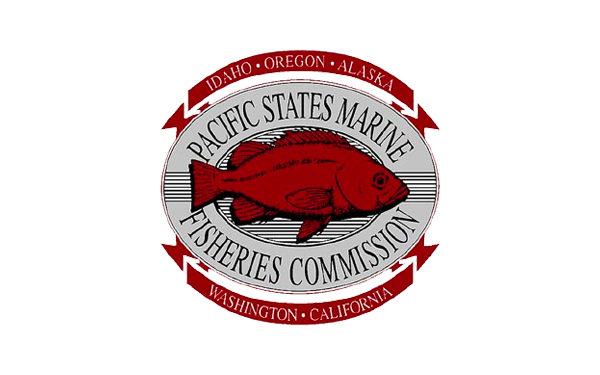After careful consideration of alternatives, we adopted a multi-criteria scoring approach to prioritization that has undergone multiple rounds of peer-review by Sub-basin Working Group (SBWG) participants. The multi-criterion prioritization framework developed for Phase 3 of the IFRMP is based on six key questions to ask about any restoration project under consideration, which are linked to corresponding criteria. These criteria are explained further in the following Klamath IFRMP Prioritization Criteria Quick-Reference Guide (“explainer”). Note: This explainer is a more streamlined version of what is in Section 3 of the IFRMP.
Klamath IFRMP Prioritization Criteria Quick-Reference Guide (Download)
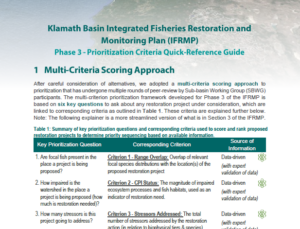
Additional resources for each criteria:
Criterion 1 – Range Overlap: Overlap of relevant focal species distributions with the location(s) of the proposed restoration project. (Download Species Range Maps)
Criterion 2 – CPI Status: The magnitude of impaired ecosystem processes and fish habitats, used as an indicator of restoration need. (Download CPI Outcomes Summary | Download CPI Proxies Maps)
Criterion 3 – Stressors Addressed: The total number of stressors addressed by the restoration action (in relation to biophysical tiers & species). (Download Data Dictionary – see last sheet)
Criterion 4 – Scale: Perceived scale of restoration project benefit for relevant focal species, from local to basin-wide benefit. (This information was provided by participants. See the Restoration Prioritization Tool)
Criterion 5 – Implementability: Reflecting how easy it would be to implement the project based on current expert-based understanding of cost, permitting, political, logistical, or other similar considerations. (This information was provided by participants. See the Restoration Prioritization Tool)

